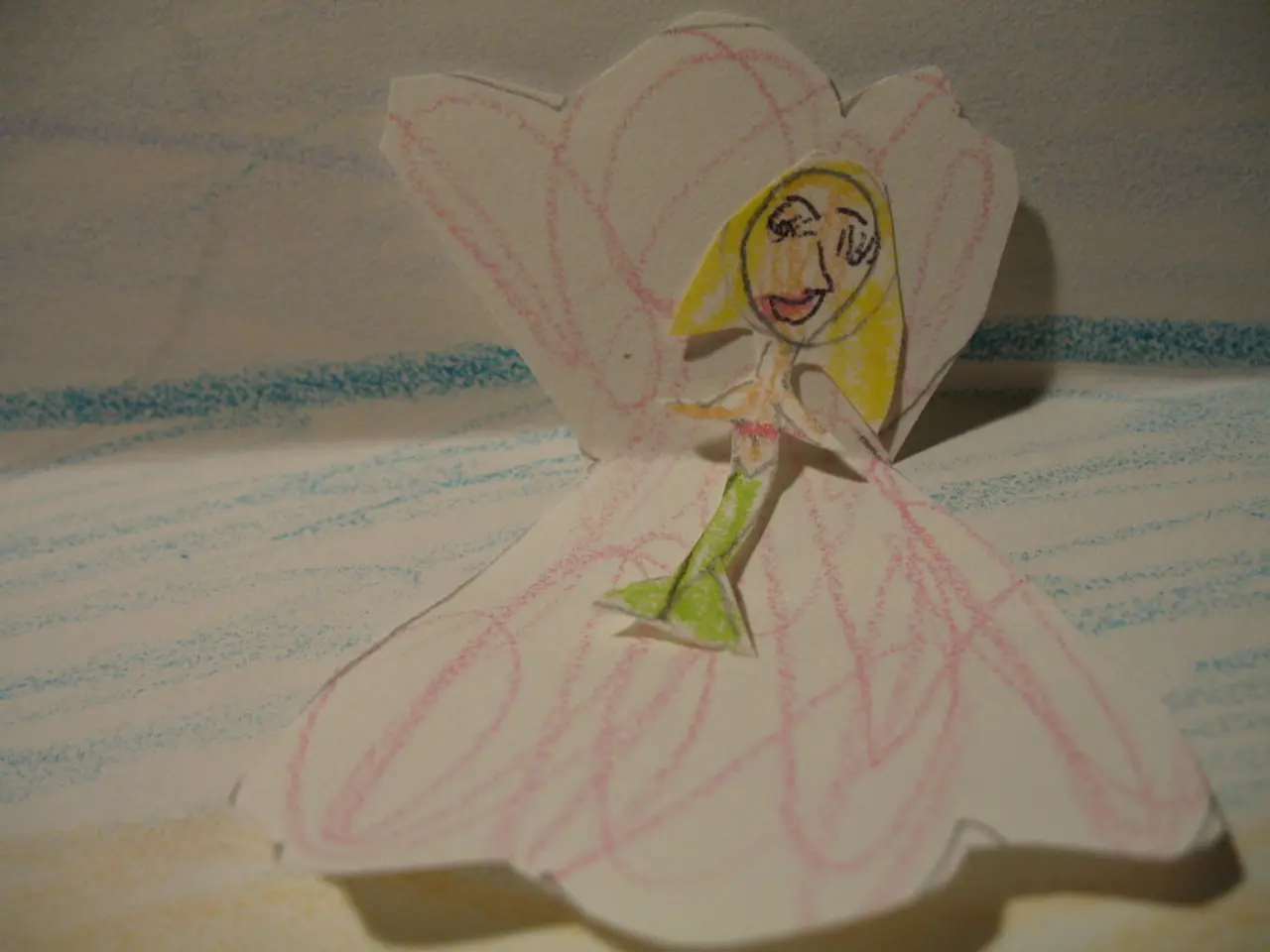Debate Between Realistic and Stylized Art Designs in Video Games
Game Art: Realism vs Stylized
Digging into the world of game art, two dominant approaches rule the roost: realism and stylized art. Both styles complement different genres and cater to diverse audience preferences. But, selecting the right one can make or break your project. Let's dive into the specifics and see where each technique finds its niche.
Realism Art Style
Realism art style is all about recreating life-like visuals with exceptional precision. It doesn't strive for the photographic replication of reality but presents a refined interpretation of it.
While traditional realism might seem a distant dream, modern advancements in graphics technology have made it an increasingly popular choice in many contemporary video games.
Pros of Realism Art Style:
- Appeal to Regular Players: Realism offers an attractive, relatable depiction of our world, resonating with regular players.
- Fits Specific Genres: Genres like survival horrors, simulators, first-person shooters, and virtual reality titles can benefit immensely from a realistic art style.
- Immersive Experience: Realistic art enables deeper player immersion by creating an environment that appears familiar, making it easier for players to identify with the world.
Cons of Realism Art Style:
- Technical Challenges: Realism art requires significant technical expertise and resources, resulting in formidable technical challenges.
- Demanding Workload: Achieving a realistic look necessitates rigorous attention to detail, consuming a substantial amount of time and effort from the art team.
- Limited Creativity: Realistic art can restrict creative expression, as it demands adherence to real-world aesthetics.
Stylized Art Style
Stylized art aims to distinguish itself from reality through unique and bold artistic decisions. Bright colors, unusual shapes, and exaggerated proportions contribute to its striking, signature appearance.
Pros of Stylized Art Style:
- Ages Gracefully:Stylized art retains its visual appeal over time, thanks to its overall timeless feel.
- Distinct Artistic Signature: Games with stylized art are recognized for their distinctive, attention-grabbing visual style.
- Compatible with Low-end Systems: Simplified models, minimal detailing, and forgiving textures make stylized art suitable for low-end systems and devices.
- Ideal for Gameplay Integration: Stylized art lends itself well to gameplay aspects like easily recognizable character models, readable maps, and improved silhouette definition.
Cons of Stylized Art Style:
- Narrow Audience Appeal:Some players may prefer realistic graphics, choosing to overlook stylized art games as products that may not cater to their taste.
- Strong Artistic Integrity is Key:Maintaining consistency across a stylized art project is crucial to avoid a lackluster, generic look that might undermine the game's quality.
Making the Right Call
Choosing between realism and stylized art requires careful consideration of several factors:
Which style suits your game best?
Your game's vibe, genre, themes, and target audience must match the art style you choose. For instance, if you're after a universal, artistic experience that appeals to a broad audience, stylized art is the way to go. On the other hand, if you're producing a realistic setting-driven game, a realism art style would be more appropriate.
What budget do you have?
Realism art demands a higher budget, as it requires extensive detailing, technical expertise, and rigorous optimization. If you're working with limited resources, it might be wise to opt for stylized art.
What audience do you target?
Knowing your core audience—their preferences, age groups, and taste—can guide your decision on the art style, ensuring you create content that resonates with them.
In conclusion, a thoughtful approach to selecting an art style for your project—realism or stylized—can significantly impact the game's success, enhancing player engagement, visual longevity, and market differentiation. Embrace creativity, and let your art shape the world within your game.
In the realm of game art, the superiority of realism or stylized art is subjective, hinging on the preferences of the developers and the demands of the game. Realism, with its life-like visuals, appeals to regular players and fits genres like survival horrors, simulators, first-person shooters, and virtual reality titles. However, it poses technical challenges, requires a demanding workload, and may limit creative expression.
On the other hand, stylized art, characterized by unique and bold artistic decisions, offers an advantage in its timeless appeal, distinct visual style, suitability for low-end systems, and ease of gameplay integration. However, it may have limited audience appeal and necessitate strong artistic integrity to maintain a consistent, attention-grabbing look. The choice between realism and stylized art should be guided by factors such as the game's vibe, genre, target audience, available budget, and the artistic direction aimed to create an engaging and memorable game for players.






